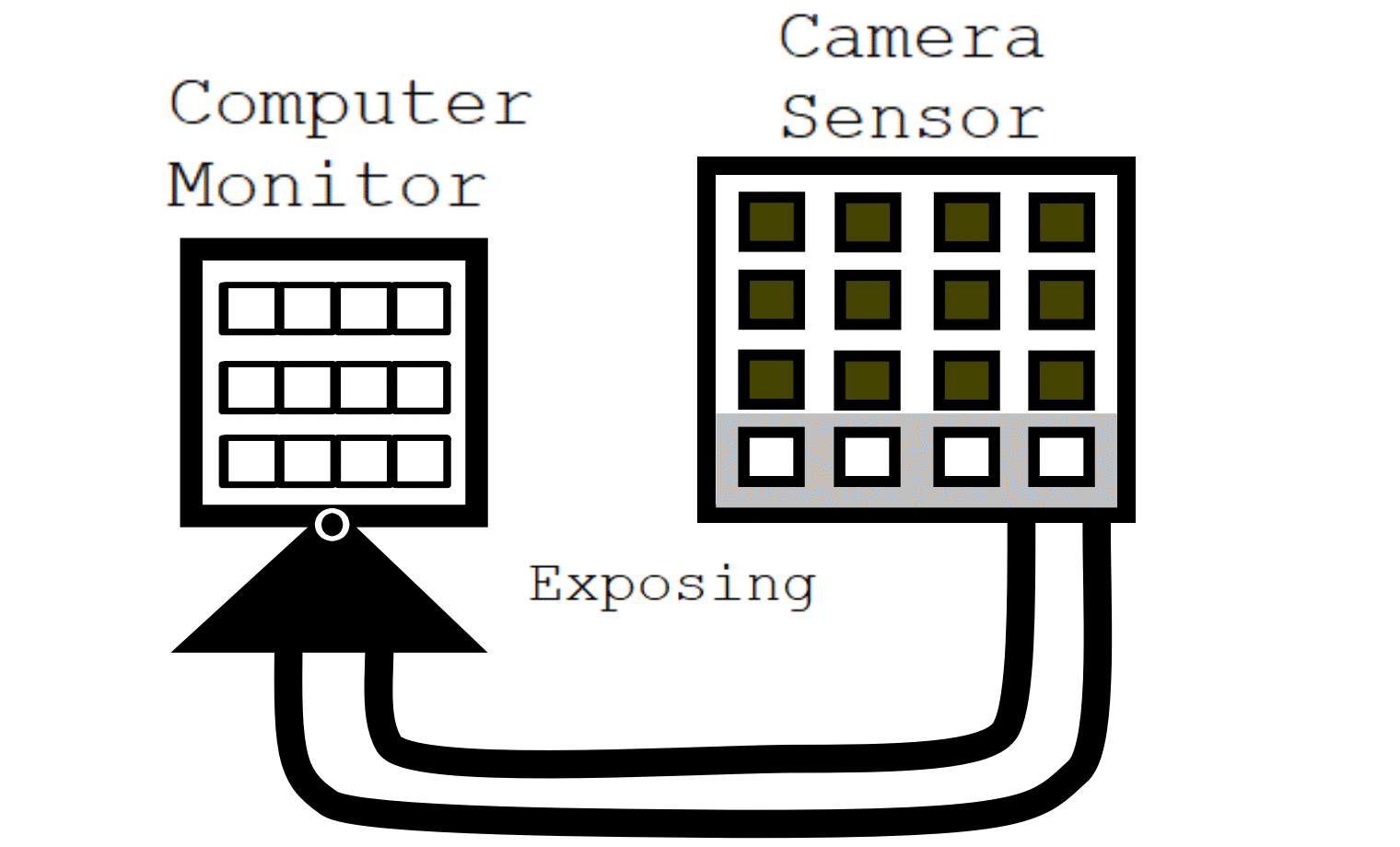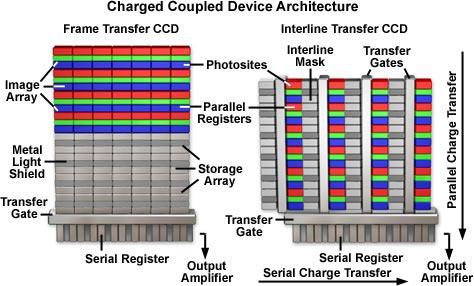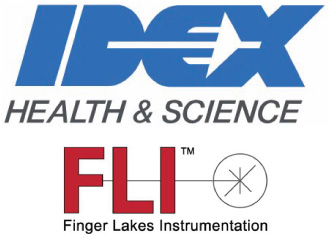
Charge Coupled Device Sensor
Charge Couple Device (CCD) sensors provide low-noise, high quality images. CCD sensors are capable of long duration exposures while effectively collecting a large portion of the available light. Alongside its ability to capture low noise images with long exposures, CCD sensors operate with a Global Shutter. A global shutter begins exposure of the whole sensor at the same time, preventing motion blur associated with rolling shutter imaging sensors.
Potential applications of a camera with a CCD sensor installed may include the following implementations.

Finger Lakes Instrumentation, a division of IDEX Health & Science LLC
1250 Rochester St.
Lima, New York 14485
1250 Rochester St.
Lima, New York 14485
Phone: 585-624-3760
Email: IHSKeplerSupport@IdexCorp.com
Web: www.flicamera.com
Email: IHSKeplerSupport@IdexCorp.com
Web: www.flicamera.com
©2023 IDEX Health & Science LLC
•
X-ray Applications
•
Fluorescence
•
Bioluminescence
•
Chemiluminescence
•
Solar Panel Inspection
•
Gel Documentation
•
Astronomical Imaging
•
Digital Radiography
•
Forensic Imaging
As of October, 2018, CCD sensors are provided by Finger Lakes Instrumentation in every family of cameras except the Kepler Family. The Hyperion, MicroLine, and ProLine families only use CCD sensors. The Kepler family contains no CCD sensor imagers.
There are too many CCD sensors to discuss individually. Refer to Sensor Selection to analyze what aspects are important for you. You can also contact FLI directly for more information of the selection.
Interline CCD
Interline CCDs use part of each pixel to collect light, and part of each pixel to store and move charge. The storage area has a metal mask to prevent corruption of the image during readout. New CCDs have a microlens over each pixel to focus incoming light onto the photodiode portion of the pixel so that light is not lost landing on the metal masks. Because only part of the pixel is used to collect light, the full well capacity of interline CCDs is typically lower than comparably sized full frame pixels.
Interline transfer CCDs shutter the image by moving the charge from the photodiode to the storage diode side of the pixel. As a result, interline frame times can potentially be very short. For FLI cameras, interline frame times can be as low as 30 microseconds (as opposed to about 30 milliseconds for an electromechanical shutter). Usually interline CCDs are used without electromechanical shutters. However, it is complicated to take a dark image without a shutter unless you have some way of keeping the camera in a 100% dark environment.
Full Frame CCD
Full frame CCD's use 100% of each pixel to collect, store, and transfer charge. The readout procedure begins with each row flushed, then each row begins exposure simultaneously with the aid of a physical shutter. After the requested exposure time, the physical shutter closes and readout begins. Individual rows are shifted into the readout area, with each shift adding one row to the readout area and subtracting one row from the photosensitive area. As each row leaves the photosensitive area, its row is reset in preparation for the following image. Once every row is in the readout area, information begins to be transferred to the computer and a new image begins exposing.
Due to the operation of a full frame CCD, they require an electromechanical shutter unless the camera is going to be used in a 100% dark environment. Full frame devices typically have higher full well capacities and higher quantum efficiencies than interline sensors.

CCD Architecture

Pertinent Pro's and Con's

Available Products
The primary benefit of CCD sensors is their ability to grab very low noise, long exposure images. The design of the sensor produces very little noise and with an effective use of the sensor area. Additionally, CCD sensors do not suffer from the row offset that CMOS sensors produce.
Unlike CMOS sensors, however, CCD sensors suffer from smear, a side effect of the readout procedure that produces bands of light in columns with extremely bright light. Additionally, full frame CCD sensors are a much larger profile, and interline transfer CCD's do not provide an option concerning back/front illumination.

Animation

Figure 1 shows an animation that displays a frame cycle of a CCD interline sensor. One should note that during readout, rows are read into a bus, then sent to the computer. Also note that each row begins exposure at the same time.
Figure 2: Charged Coupled Device Architecture
Image Credit: Olympus, Olympus-LifeScience.com
Image Credit: Olympus, Olympus-LifeScience.com
Figure 1: CCD Frame Cycle

